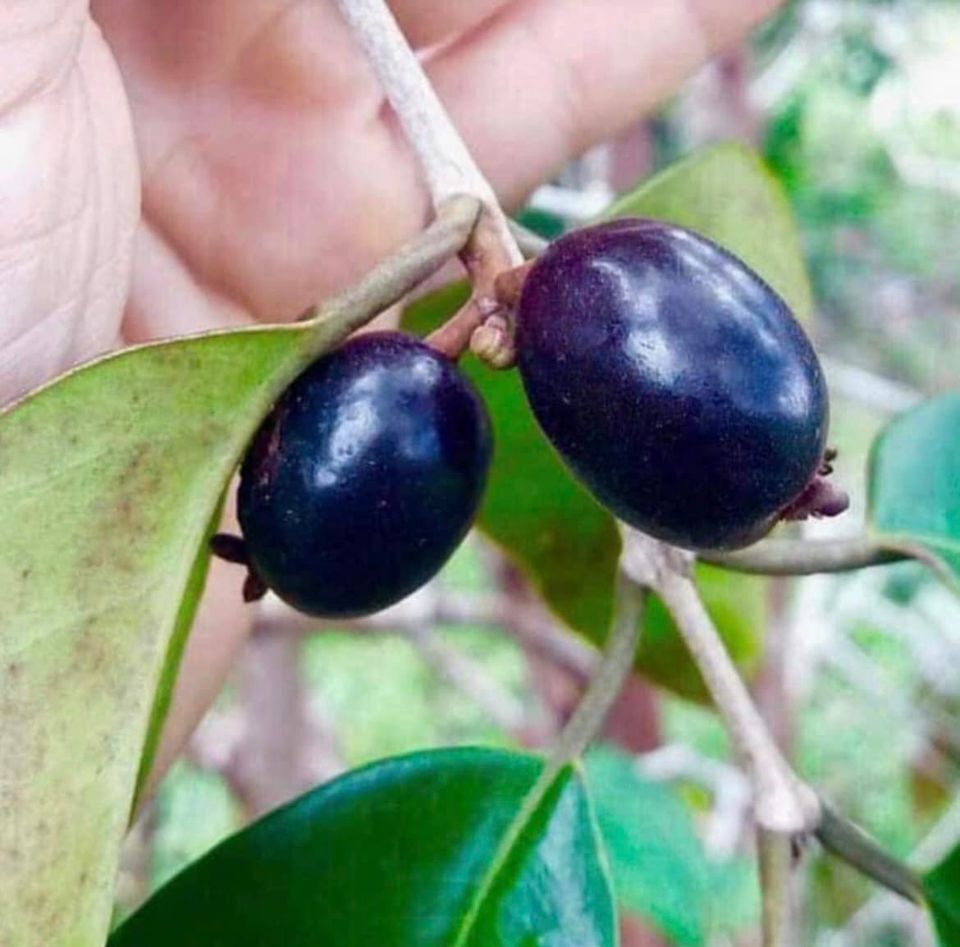Eugenia sp sect racemosa - 1 potted plant / 1 getopfte Pflanze
160,00 €*
Eugenia sp sect racemosa
Family / Familie: Myrtaceaeorigin from / Herkunft: Brasil / Brasilien Climate / Klima: temperate to warm (10-25C / 50-77F) / gemäßigt bis warm (10-25C / 50-77F)Taste / Geschmack: very good taste / sehr guter Geschmackyou buy / sie kaufen: 1 potted plant / 1 getopfte PflanzeDelivery EU onlyThis plant is now over three years old and is growing much faster than before.It comes in a 3 liter pot and should be repotted into a larger pot soon.This Eugenia was discovered by chance in the Atlantic rainforest of Bahia just a few years ago and does not yet have a scientific name.It comes from the Racemosae section.Racemosa means grape-shaped and describes the arrangement of the flowers.There are therefore several fruits on "one" string.The fruits of this Eugenia are very juicy, delicious and aromatic. A balanced ratio of sweet and slightly acidic.Please overwinter this plant at a minimum of 10 degrees.Diese Pflanze ist jetzt über drei Jahre alt und wächst wesentlich schneller als vorher.Sie kommt im 3 Liter Topf und sollte demnächst in einen größeren Topf umgetopft werden.Diese Eugenia wurde erst vor wenigen Jahren zufällig im atlantischen Regenwald von Bahia entdeckt und hat noch keinen wissenschaftlichen Namen. Sie stammt aus der Sektion der Racemosae.Racemosa bedeutet traubenförmig und beschreibt die Anordnung der Blüten. Es befinden sich also mehrere Früchte an „einem“ Strang.Die Früchte dieser Eugenia sind sehr saftig, lecker und aromatisch. Ein ausgewogenes Verhältnis von süß und leichter Säure.Diese Pflanze bitte bei mindestens 10 Grad überwintern.

